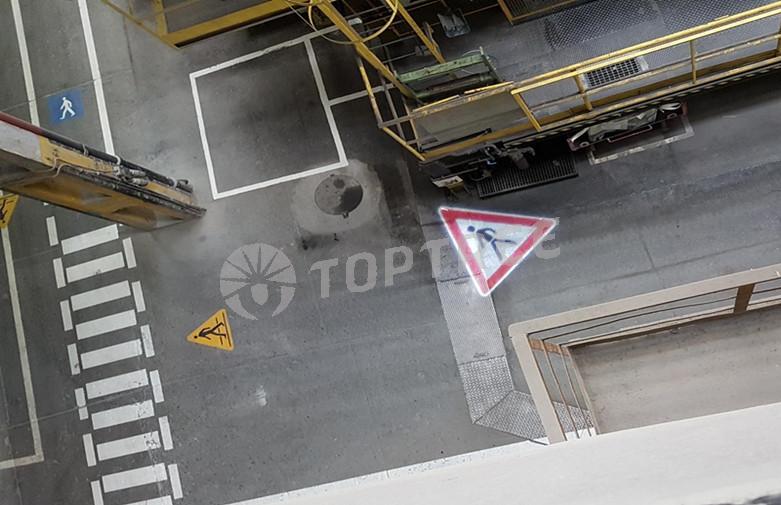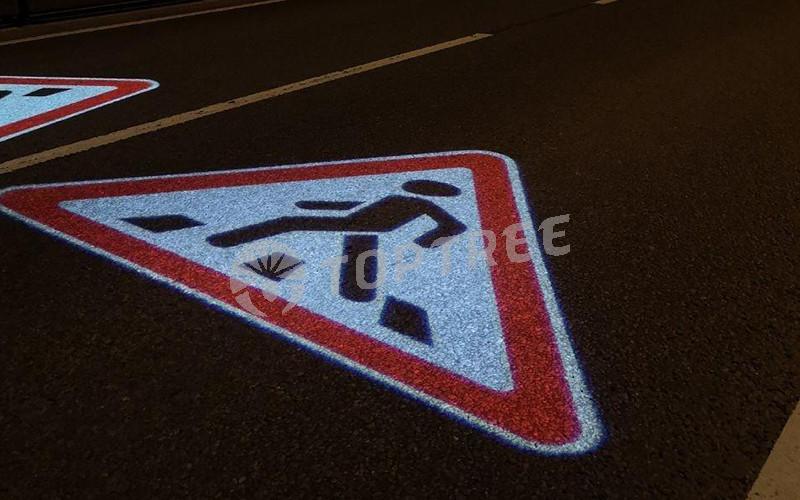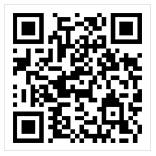CONTACT US
Skype: Toptree818
Email: info@toptreesafety.com
Email: steven@toptreesafety.com
Phone: 0086-519-81193809
Mobile: 0086-15051960989
Add: A2 Building,Shimao Plaza,Xinbei District,Changzhou 213022
TOPTREE Projected Signage Changing The Way Safety Messages Communicated
Signs that use LED and laser light may help
raise hazard awareness and combat complacency

In May 2013, a worker in a meatpacking plant in Ontario was operating a forklift when he collided with material being moved by a co-worker. The worker suffered a broken ankle. Four years later, the company, Concord Premium Meats, was found guilty of violating the province’s Industrial Establishments Regulation and fined $55,000. Among the violations was the failure “to ensure barriers, warning signs or other safeguards for the protection of all workers were used where vehicle or pedestrian traffic may endanger the safety of any worker.”
Safety signs are an essential feature of industrial work sites, where workers are in constant proximity with heavy machinery and vehicles. Traditionally, safety warnings and directives have been communicated to workers by painted or adhesive signage on floors and walls. In the last few years, new light technologies have led to a completely different kind of signage. Projected images may be set to replace conventional, fixed signage.
In a basic setup, a projector — mounted overhead on a beam in the ceiling — projects an image down onto the floor. Projectors consist of three main elements: the projector body, image template and lens angle.
Projectors today tend to be highly durable. According to an international enclosure rating system, most are rated IP65, indicating the units are sealed off from dust and dirt and are protected against water projected from a nozzle — a hazard in food-processing sites.
The image template determines the image to be displayed on the floor. Similar to a photographic slide, it can be changed out for another image when needed; for example, if the layout of the warehouse changes. Signs can range from standard warnings, such as “Slow” or “Fire Extinguisher,” to more customized messages, such as “Safety Shoes Required” or “Eye Protection Area.” The template is often called a gobo, or “go before optic.”
The lens angle goes in front of the image template and allows the user to focus the image on the surface where the image is to appear. Different types of angle lenses can be put on the projector to increase or decrease the size of the projection.
Projected signage systems are intended to be plug-and-play, so generally no training is needed to handle them. A maintenance worker or person with basic electrical knowledge should be able to install and operate the system.
APPLICATIONS
Most often, projected signage is used to display traffic control signage on walls and floors in high-traffic areas. Typically, these signs have warnings such as “Stop,” “Yield” and “Danger Forklift Traffic.”
“The most common problem in these areas is forklift traffic and pedestrian traffic. There are many accidents there — where the forklifts don’t see the pedestrians and run into them or the pedestrians walk into these aisles where the forklifts are supposed to be driving,” says Uli Theissen, CEO and owner at Scotts Valley, Calif.-based GoboSource Projection Systems.
Safety managers can also use projected signage to replace painted or taped pedestrian-safe aisles, using either projected LED or laser light. Overhead projectors casting bright LED light can be set up to create two thick, coloured lines along the floor. Projectors can also be used to create the familiar, solid-colour or striped walkway. For long walkways, more than one projector is needed.
Alternatively, high-intensity lasers can be used to produce virtual lines along floors and other surfaces to demarcate pedestrian lanes and other zones, such as staging areas where pallets or equipment are supposed to go. By installing two overhead lasers that project parallel lines or stripes along the floor, a manager can create a safe lane or walkway. If the lane is beside a wall, only one overhead laser may be needed to create the lane. Virtual laser lines are also used to create lanes to guide truck drivers into warehouses, helping them stay in their designated lanes and away from pedestrians.
Projected signage can be used on overhead cranes. The projector casts coloured lines or spots onto the floor below to warn of a suspended overhead load. Projectors can also be mounted on forklifts where they project lines, spots, arrows or warning signs to indicate the vehicle’s approach. This application is suited to areas where alarms are difficult to hear.
While projected signage works best in indoor environments, it can be used outside, too. The challenge is that when light technology goes outdoors, it usually becomes invisible in sunlight. To be visible on bright days, the power of the projected light must be very high, and with lasers, that light intensity would need to be so high that the laser would no longer be eye safe.















